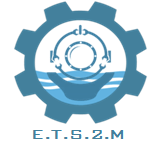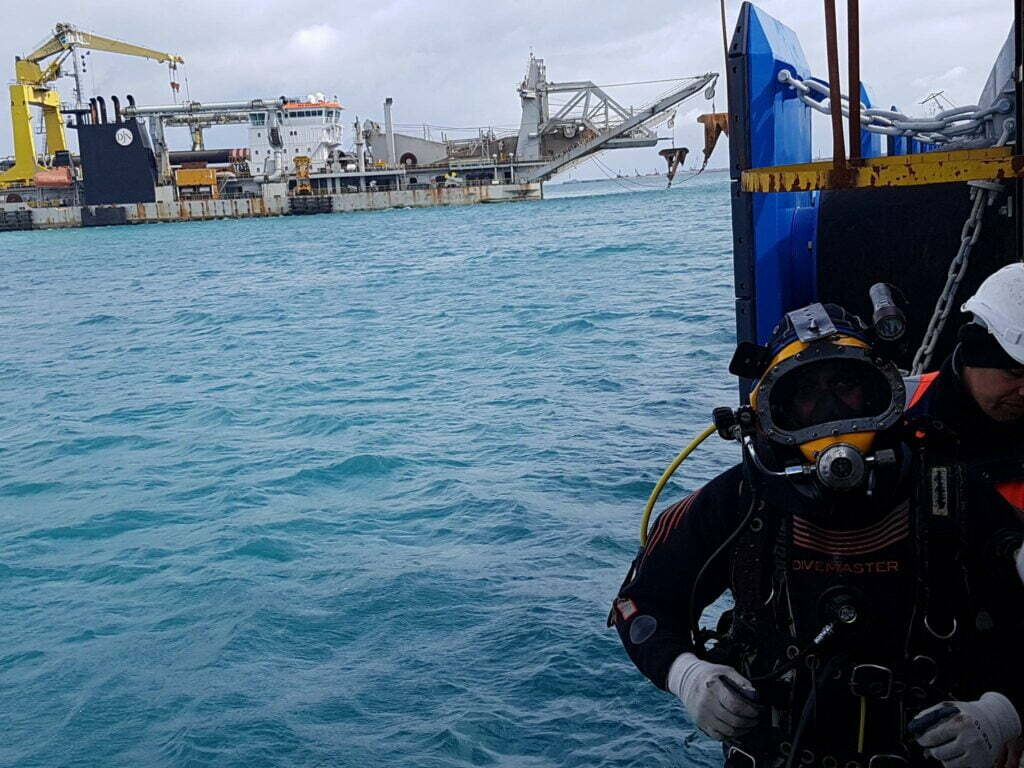With the rapid advancement of technology, underwater works inspection has entered a new era of efficacy and precision. To remain competitive in the industry and offer innovative solutions to clients, it is imperative to embrace these groundbreaking technologies. In this article, we will explore the latest advancements in underwater inspection and how they are transforming the field. We will highlight the dedication of E.T.S.2.M in adopting cutting-edge technologies, allowing them to provide unparalleled results for their clientele. Let us delve into the importance of staying abreast of these advancements to guarantee optimal outcomes for all underwater endeavors, including underwater works.
The Evolution of Underwater Inspection Technology:
ROVs and AUVs have drastically changed how underwater inspections are carried out. In the past, these inspections required a lot of effort, were slow, and put divers at risk. Luckily, thanks to modern technology, things have changed. These incredible unmanned vehicles, equipped with cameras, sensors, and robotic arms, have revolutionized the inspection process. They can now conduct thorough inspections without jeopardizing the safety of humans, making underwater works more efficient and safe.
High-Resolution Imaging and Sonar Technology:
Obtaining clear and detailed images is a key element of underwater inspection. The quality of data collected during inspections has been enhanced by advanced imaging technologies like high-resolution cameras and 3D sonar. By allowing for precise mapping of underwater structures, these technologies can identify even the tiniest flaws or abnormalities, benefiting underwater works significantly.
Real-time Data Transmission and Analysis:
In the past, underwater inspection data often had to be physically retrieved and subsequently analyzed, causing delays in decision-making and project execution. Today, real-time data transfer capabilities greatly simplify the process. Inspection data can now be transmitted to the surface in real-time, enabling engineers and project managers to make immediate, informed decisions that improve efficiency and project schedules, particularly in underwater works.
Drones for Above and Below Water Inspection:
Another notable advance is the use of drones for above and underwater inspections. Aerial drones can quickly and efficiently inspect surface structures such as bridges and ports. At the same time, underwater drones offer a complementary method to survey underwater areas that are difficult to access manually. This combination ensures a comprehensive inspection of above and below water components, enhancing the scope of underwater works.
E.T.S.2.M: Pioneering Technological Adoption:
E.T.S.2.M has always strived to utilize the latest technological breakthroughs in underwater detection. By investing in state-of-the-art equipment and training staff in advanced technology, they are able to provide their clients with an unrivaled inspection and assessment service. For example, E.T.S.2.M has successfully deployed ROVs and AUVs on large-scale projects, performing in-depth inspections and generating comprehensive reports with unparalleled precision, optimizing underwater works.
The Significance of Staying Updated with Technological Advancements:
Keeping up with technological advancements is not just an option for any company in the underwater inspection industry. It’s necessary. The use of the latest technology improves the quality, accuracy, and efficiency of inspections and leads to better outcomes for clients. In addition, the use of advanced tools and methods can greatly improve the safety conditions of inspection teams, minimizing risks and accidents during underwater works.
Conclusion:
Rapid advances in technology have revolutionized underwater inspection practice, resulting in safer, more efficient, and higher quality results. Leveraging these latest breakthroughs is critical for companies like E.T.S.2.M to stay ahead of the industry and excel in underwater works.
By using the latest technology, they are able to provide their clients with an unparalleled inspection service, thus contributing to the success of various subsea projects. Keeping up with these advancements will ensure that the underwater inspection industry continues to evolve, benefiting both customers and professionals involved in underwater works.
Rapid advances in technology have also led to significant cost savings for companies, making underwater inspections more accessible to a broader range of clients. As E.T.S.2.M pioneers technological adoption, they set a new standard for excellence in the underwater inspection industry, inspiring other companies to follow suit and embrace innovation to enhance their services in underwater works.

